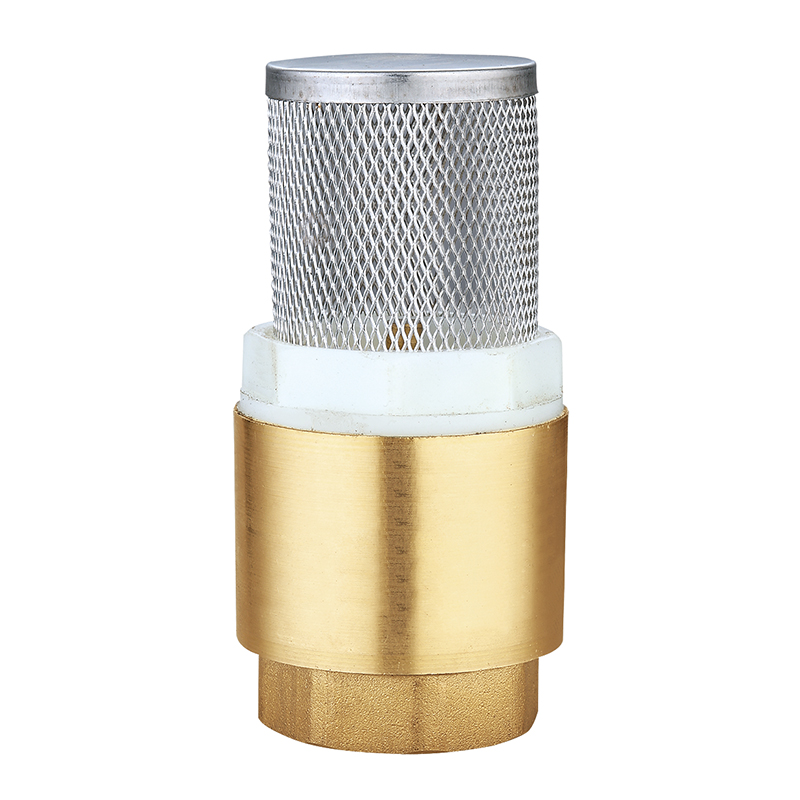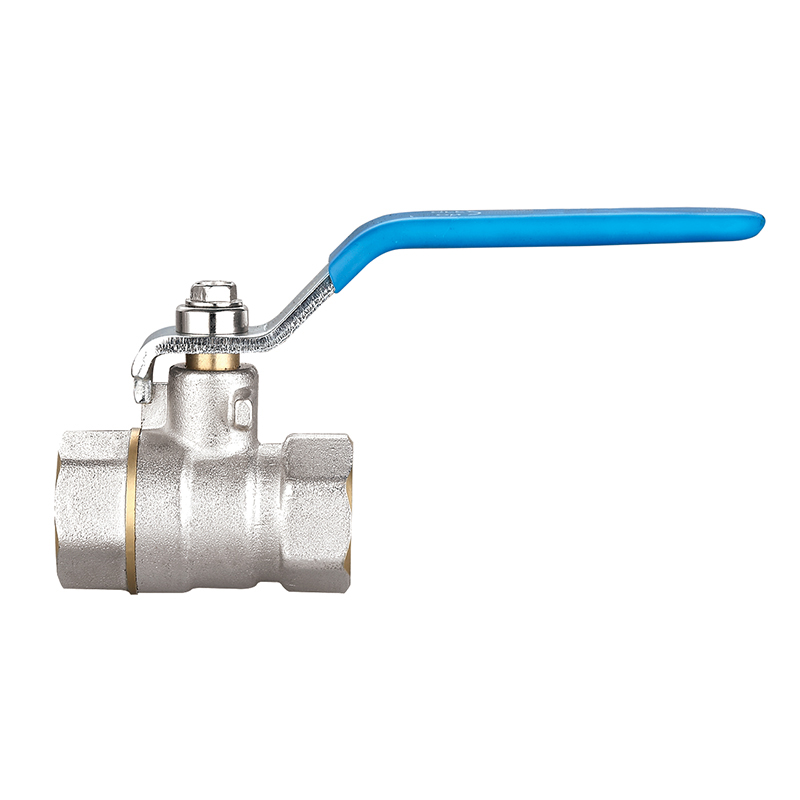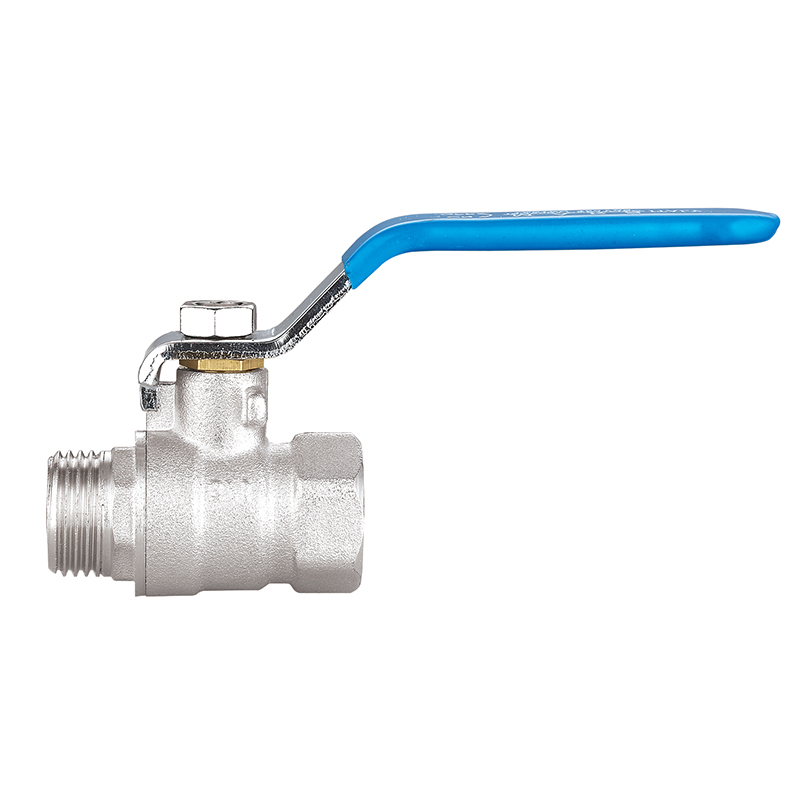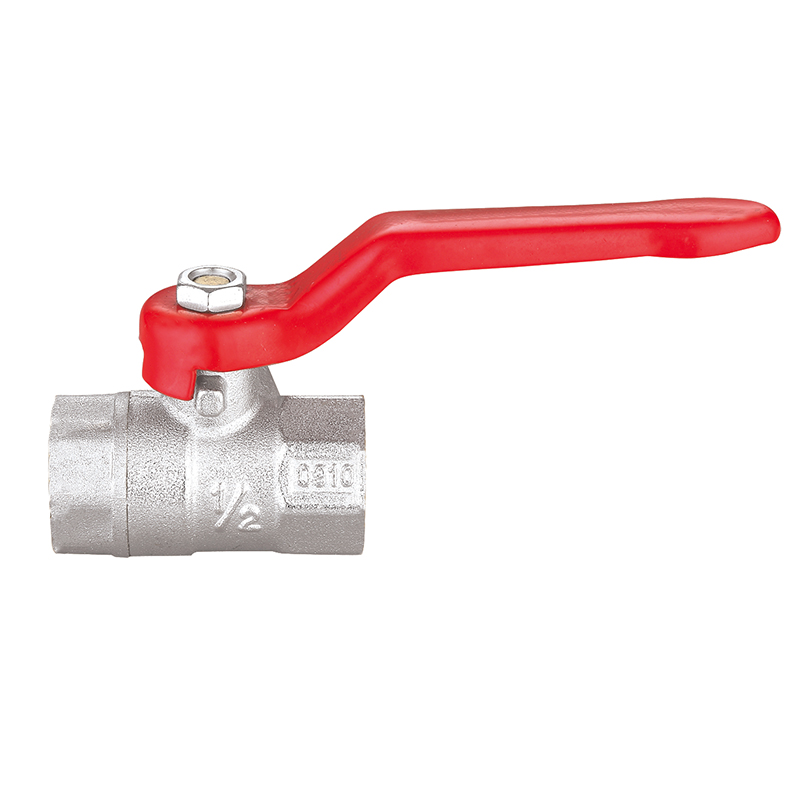Foot Valves: Vital Components for Efficient and Reliable Pumping Systems
2025-07-11
Foot valves are essential devices in pumping systems, designed to maintain prime and prevent backflow, thereby enhancing pump performance and longevity. Their unique design, typically incorporating a flapper or ball mechanism, allows fluid to enter the pump under suction pressure while closing automatically when the pump stops. Constructed from durable materials such as stainless steel or brass, foot valves provide resistance to corrosion and wear, making them indispensable across a broad range of industries. As pumping technology advances and operational demands increase, foot valves continue to play a critical role in ensuring system reliability and efficiency.
Fundamentals of Foot Valve Design
At its core, the foot valve acts as a check valve positioned at the inlet of a suction line, usually submerged in a liquid source such as a well, tank, or reservoir. The valve opens when the pump creates suction, allowing fluid to flow toward the pump. Once the pump ceases operation, the valve closes promptly, preventing the fluid from draining back into the source. This automatic sealing ensures that the pump remains primed and ready for the next cycle, reducing the risk of pump damage due to dry running.
The common mechanisms used in foot valves include flappers hinged to open with flow and close under gravity or spring-loaded ball check designs that provide rapid sealing regardless of orientation. Both configurations are selected based on application requirements, flow characteristics, and maintenance considerations.
Durability Through Material Excellence
Foot valves are often exposed to harsh operating conditions such as abrasive particles, corrosive fluids, and fluctuating temperatures. Hence, the choice of materials significantly impacts their longevity and performance.
Stainless steel foot valves are widely used in industries requiring corrosion resistance and strength, including water treatment, chemical processing, and marine applications. Their resistance to rust and scaling makes them suitable for continuous submerged use.
Brass foot valves offer machinability, corrosion resistance, and are favored in domestic water systems and light industrial environments. Their cost-effectiveness and ease of maintenance also contribute to their popularity.

Some manufacturers utilize specialized alloys or composite materials to tailor foot valves for aggressive media or environmental conditions, ensuring performance and downtime.
Applications Spanning Multiple Industries
Foot valves are integral to various pumping applications across numerous sectors:
Water Supply and Irrigation: In agricultural irrigation systems and municipal water supply networks, foot valves maintain pump priming and prevent backflow contamination, contributing to uninterrupted water delivery.
Wastewater Management: In sewage and effluent treatment plants, foot valves prevent reverse flow that could damage pumps or contaminate clean water lines, ensuring smooth operation in demanding environments.
Chemical and Petrochemical Industries: Foot valves constructed with corrosion-resistant materials handle aggressive chemicals and hydrocarbons, safeguarding pumps and pipelines from damage.
Marine and Offshore: The saline environment necessitates robust foot valves to prevent backflow and maintain pumping efficiency in ballast systems, bilge pumps, and cooling water intakes.
HVAC Systems: Foot valves assist in circulating water and other fluids within heating and cooling systems, enhancing system responsiveness and reducing maintenance needs.
Installation and Maintenance Considerations
Proper installation of foot valves is critical for performance. Typically mounted at the point of the suction line, foot valves are often fitted with strainers or screens to prevent debris from entering the pump and causing damage.
Routine maintenance includes inspection for wear or clogging, cleaning of strainers, and checking the valve’s sealing mechanism for integrity. The robust materials used in foot valves generally result in low maintenance frequency, but proactive checks extend service life and prevent unexpected failures.
The modular design of many modern foot valves allows for easy disassembly and replacement of internal parts without removing the entire valve, downtime and maintenance costs.
Advantages Over Alternative Solutions
Foot valves provide several benefits compared to other suction line components:
Pump Protection: By preventing backflow, foot valves keep pumps primed, avoiding dry running which can cause severe mechanical damage.
Energy Efficiency: Maintaining prime reduces the energy required to start pumps and sustains consistent flow rates during operation.
System Longevity: Reducing stress on pumps and pipelines extends the lifespan of pumping systems and lowers repair costs.
Whether you want to become our partner or need our professional guidance or support in product selections and problem solutions, our experts are always ready to help within 12 hours globally.




 русский
русский Español
Español عربى
عربى





